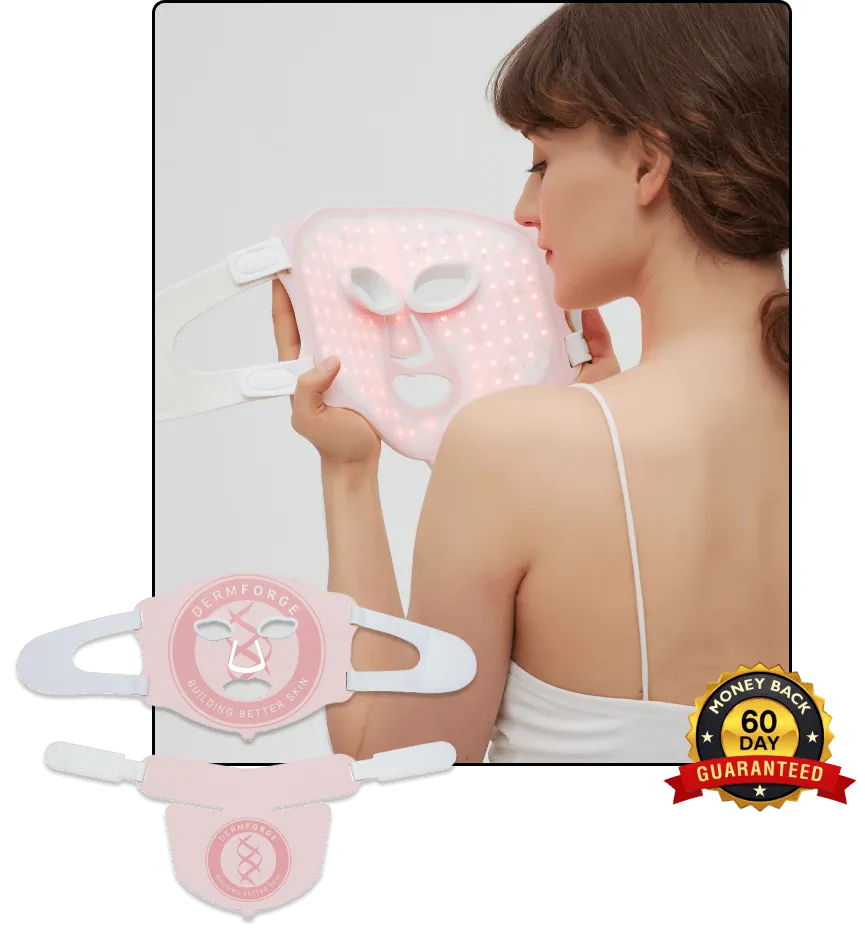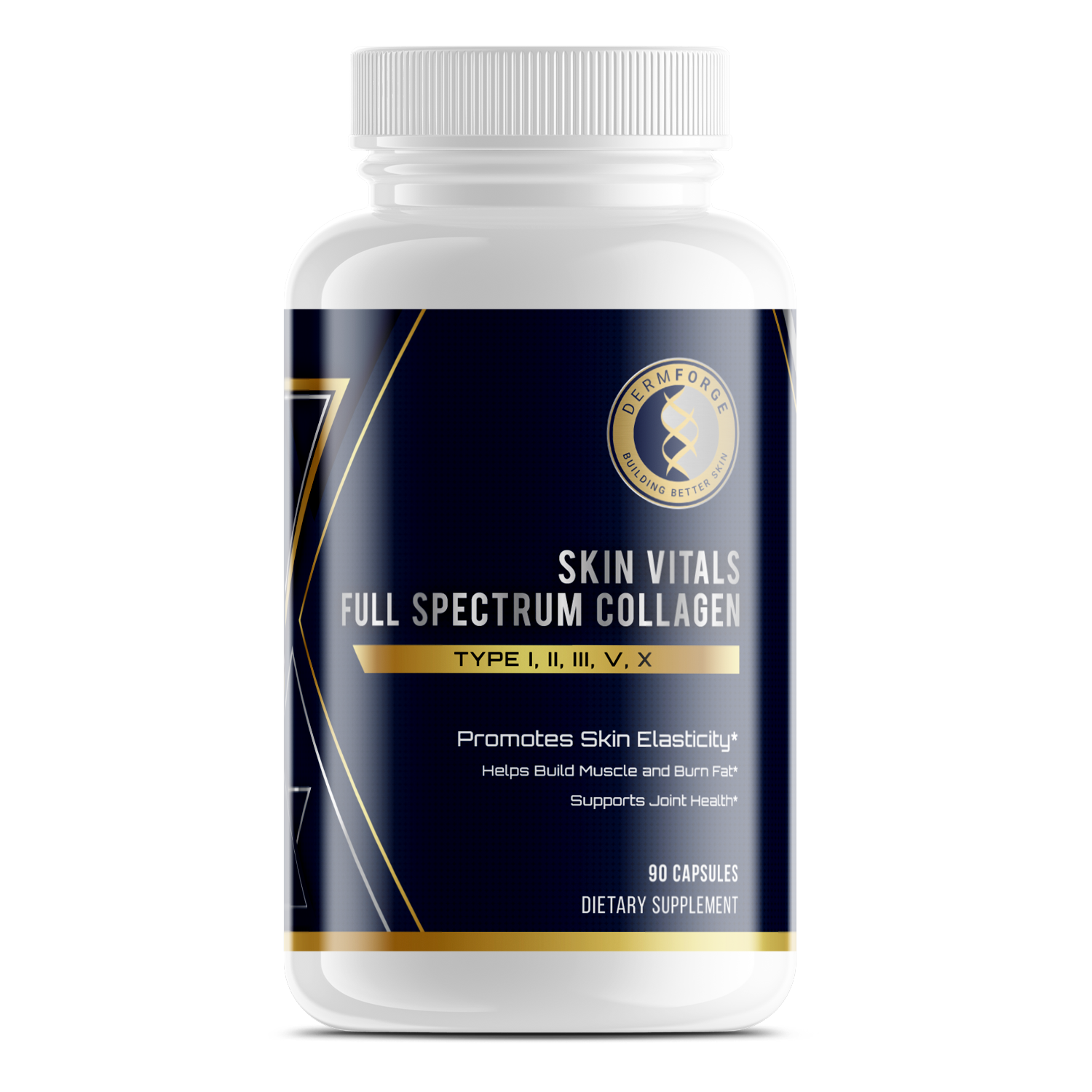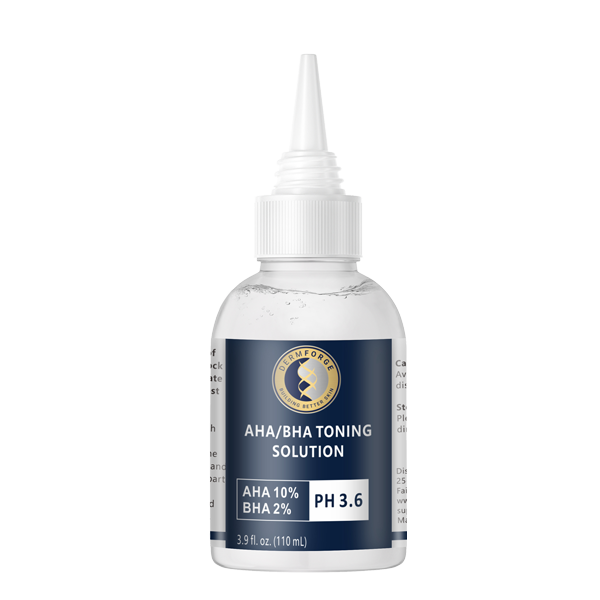Retinol for the skin remains one of the most effective ingredients in modern skincare. It targets several concerns through one consistent method. Therefore, it’s often recommended for acne, fine lines, uneven tone, and texture. Additionally, it supports healthy cell turnover and collagen production over time.
Many people want to add retinol to their routine but don’t know where to start. However, learning how it works makes a difference. You need to understand how to apply it, when to use it, and what side effects to expect. Therefore, starting with the basics helps avoid common mistakes.
Retinol can produce visible improvements, but results require patience. Additionally, each skin type responds differently. Some see fast changes while others take longer. However, steady use usually brings better outcomes than aggressive application. You’ll get the most benefit when you combine it with proper support.
Knowing what works with retinol also matters. Therefore, it helps to learn which products pair well and which combinations to avoid. Additionally, certain skin conditions or medications may call for extra caution. A clear understanding will help you get results without irritation or setbacks.
If you’ve been considering retinol, now is a good time to explore its benefits and proper use. It doesn’t need to be complicated. With the right approach, it can fit into your weekly routine and support long-term skin goals.
What Is Retinol and How Does It Work on Skin?
Retinol is a derivative of vitamin A, one of the most studied ingredients in skincare. It supports healthy skin by encouraging faster cell turnover. Your skin naturally sheds old cells, but this process slows with age. Therefore, retinol helps reveal newer, smoother skin more quickly.
Retinol also stimulates collagen production beneath the surface. Collagen provides structure and firmness to your skin. As you age, collagen levels drop, which leads to fine lines and loss of elasticity. However, regular use of retinol can support your skin’s ability to rebuild and maintain its structure.
You may notice that your skin looks brighter and more even over time. That happens because retinol helps fade discoloration and smooth rough patches. Additionally, its effects can extend to clogged pores and breakouts. By keeping cell turnover steady, retinol helps prevent buildup that can trigger acne.
Retinol for the skin works at a cellular level, but you need consistency for visible change. Therefore, most people start with low concentrations and gradually increase strength. This allows your skin time to adjust without excessive dryness or irritation. Additionally, applying retinol at night helps minimize sensitivity to sunlight.
If you begin using retinol, expect gradual progress rather than immediate transformation. Many people start seeing improvement within a few weeks. However, long-term use tends to produce the most noticeable changes. Additionally, using a moisturizer alongside retinol helps reduce flaking or tightness.
Retinol remains a popular choice for improving texture, tone, and signs of aging. With patience and correct use, it can support healthier-looking skin across a range of concerns.
What Skin Concerns Does Retinol Help Treat?
Retinol for the skin addresses several common concerns with one ingredient. It works by encouraging faster cell turnover and skin renewal. Therefore, it can help improve the appearance of acne, dullness, and uneven texture over time. Additionally, many people notice brighter, smoother skin with consistent use.
Retinol is effective for managing acne because it helps prevent clogged pores. Therefore, you may see fewer breakouts and reduced redness with continued treatment. Additionally, it can help fade leftover marks from old blemishes by speeding up skin recovery. This makes it useful for people dealing with both active acne and discoloration.
Fine lines and wrinkles also respond well to regular use of retinol. It stimulates collagen production beneath the skin’s surface. Therefore, it supports firmness and reduces the depth of lines over time. Additionally, increased cell turnover softens rough patches and uneven skin texture.
Many users also turn to retinol for pigmentation issues. It gradually fades sunspots, age spots, and melasma. However, results appear slowly and require patience. Consistent application helps even out your overall skin tone. Additionally, it can make dull skin appear more refreshed and radiant.
Retinol works best when part of a stable routine. You should use it at night and follow with a gentle moisturizer. Therefore, your skin stays hydrated while retinol does its job. Additionally, using sunscreen during the day helps protect your results.
If you're targeting more than one issue, retinol offers multi-tasking support. With time and care, it can improve several areas of concern at once.
How Should You Start Using Retinol Safely?
When adding retinol to your skincare routine, start slowly to reduce the chance of irritation. Begin with a low concentration once or twice a week. Therefore, your skin has time to adjust without reacting too strongly. Additionally, apply it in the evening, since retinol increases sun sensitivity.
Choose a gentle formula if your skin is new to retinoids. Many over-the-counter options contain mild strengths suitable for beginners. Therefore, you can build tolerance before moving to stronger products. Additionally, avoid applying it on damp skin, which may increase absorption and irritation.
You can also buffer retinol with moisturizer to reduce dryness. Apply a light layer of moisturizer before and after using the product. This helps maintain hydration and limits flaking. Additionally, stick to gentle cleansers and avoid scrubs or exfoliating acids while adjusting.
If you notice redness or peeling, pause use for a few days. Then restart with less frequency. Therefore, your skin stays comfortable and calm. Additionally, don’t layer retinol with products that contain strong active ingredients, like vitamin C or benzoyl peroxide.
Consistency is more effective than intensity. You don’t need to use it every night to see results. Therefore, focus on creating a routine you can maintain long-term. Once your skin adapts, you can gradually increase frequency to three or four times per week.
Retinol for the skin requires patience and a steady approach. When introduced slowly and paired with hydration, it can deliver meaningful improvements without causing long-term irritation.
Can You Use Retinol with Other Skincare Ingredients?
Retinol for the skin can be effective when paired with the right ingredients. However, not all combinations are safe or helpful. Some ingredients increase irritation when used with retinol. Therefore, you need to understand how each product fits into your routine.
You can safely combine retinol with hydrating ingredients. Moisturizers with hyaluronic acid or glycerin work well and help reduce dryness. Additionally, using a barrier-supporting cream can limit irritation and peeling. These combinations often improve comfort without weakening results.
However, avoid using strong acids at the same time as retinol. Ingredients like glycolic acid or salicylic acid can cause excessive dryness. Therefore, it’s best to alternate them on different nights. Additionally, applying them together may lead to redness or stinging.
Vitamin C can be tricky when combined with retinol. Some skin types tolerate it well, especially when used at different times of day. Therefore, consider applying vitamin C in the morning and retinol at night. This approach keeps your routine effective without increasing irritation.
Products with fragrance or alcohol can dry out or inflame the skin. Therefore, choose gentle, fragrance-free options when using retinol. Additionally, avoid using benzoyl peroxide and retinol at the same time. These ingredients may cancel each other out or irritate your skin.
Keep your skincare simple when starting retinol. Once your skin adjusts, you can slowly introduce other actives. Therefore, always monitor your skin’s response and make changes as needed. With the right support, retinol can work more effectively and comfortably.
What Side Effects Are Common and How Can You Manage Them?
When using retinol for the skin, you may notice some side effects during the first few weeks. Redness, dryness, and flaking are common. These reactions happen because retinol speeds up cell turnover. Therefore, your skin may temporarily feel tight or sensitive as it adjusts.
However, you can reduce irritation by starting with a lower strength. Begin with one or two applications per week. Additionally, apply a moisturizer right after using retinol. This helps restore hydration and calm your skin. Therefore, the effects feel more manageable and less disruptive.
If flaking appears, avoid scrubbing or exfoliating. Gentle cleansing and extra moisture work better than trying to remove peeling skin. Additionally, use fragrance-free products during the adjustment period. This prevents added irritation from harsh or drying ingredients.
You can also try the sandwich method. Apply moisturizer before and after retinol. This helps buffer the product and lessen dryness. Additionally, allow your skin to recover between applications. Waiting two or three days between uses often improves comfort.
If redness or stinging continues, reduce frequency or stop temporarily. Then restart slowly once your skin feels stable again. Therefore, you avoid making irritation worse. Additionally, always apply sunscreen during the day, since retinol can increase sun sensitivity.
Most side effects are temporary and improve with time. As your skin builds tolerance, reactions usually fade. Retinol for the skin works best when introduced with care. A steady routine and supportive products make a big difference in how your skin responds.
Who Should Avoid Retinol or Speak to a Dermatologist First?
Retinol for the skin offers benefits, but it’s not suitable for everyone. Some people should speak with a dermatologist before starting. If you’re pregnant or breastfeeding, avoid retinol. Therefore, it’s best to wait until later before adding it to your skincare routine.
Additionally, those with highly sensitive or broken skin may react strongly to retinoids. If you experience eczema, rosacea, or frequent irritation, consult a professional first. Starting without guidance may lead to more harm than help. Therefore, always consider how your skin responds to new products before adding retinol.
If you're using prescription treatments or acne medications, be cautious. Some products, like antibiotics or exfoliating creams, may not pair well with retinol. Therefore, ask your healthcare provider about possible interactions. Additionally, certain treatments can increase dryness or inflammation when combined with retinol.
People with recent sunburns, cuts, or cosmetic procedures should delay use. Retinol can irritate already compromised skin. Therefore, wait until your skin fully heals before starting treatment. Additionally, if you’ve had reactions to retinoids in the past, speak with a dermatologist before trying again.
Starting slowly and monitoring your skin makes a big difference. However, some situations require professional input. You don’t need to guess when expert advice is available. Additionally, a dermatologist can help you choose the right strength and schedule.
Retinol for the skin can be effective and safe when used with the right precautions. If your situation is uncertain, get guidance before adding it to your regimen.
Conclusion
Retinol for the skin can support better texture, clarity, and firmness when used with care. However, results take time and patience. Therefore, it’s important to start slowly and adjust based on your skin’s response. A consistent routine often works better than aggressive treatment.
Additionally, pairing retinol with the right products helps minimize irritation. Moisturizers, gentle cleansers, and sunscreen create a balanced support system. Therefore, your skin stays hydrated and protected while adjusting to the active ingredient. Over time, you may notice smoother tone and reduced breakouts.
Some people need to take extra precautions. If you have sensitive skin, medical conditions, or use other treatments, speak to a dermatologist. Additionally, avoid combining retinol with harsh ingredients unless advised by a professional. Paying attention to how your skin reacts each week helps guide your usage.
Once your skin adjusts, you can increase frequency and possibly use stronger concentrations. However, always increase gradually and avoid skipping supportive care. Many people see better results with long-term, steady routines. Therefore, don’t rush the process or expect instant changes.
Retinol offers more than one benefit when used correctly. It targets acne, signs of aging, and uneven skin tone all at once. Additionally, its effects build over time with regular use. If you stay consistent and support your skin, the results often speak for themselves.
Retinol for the skin remains one of the most reliable ingredients for multi-purpose skincare. With the right approach, it can become a useful part of your daily routine.







